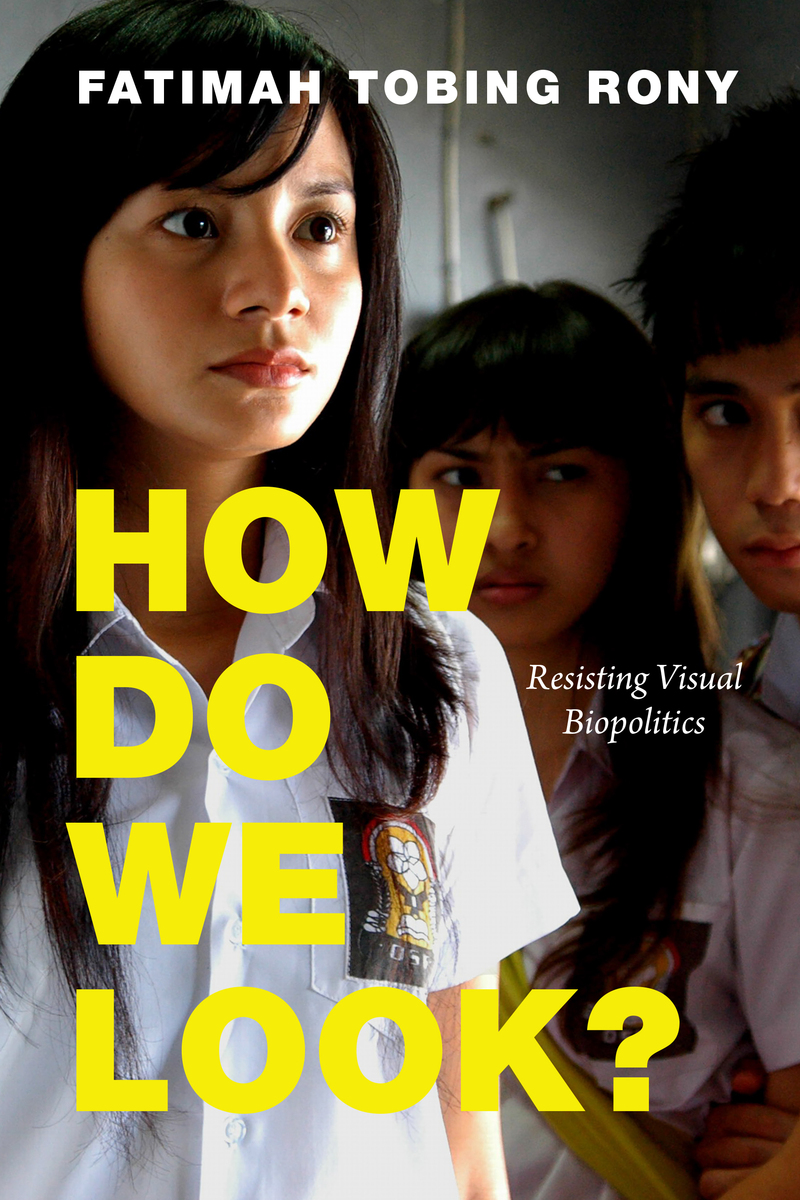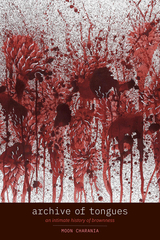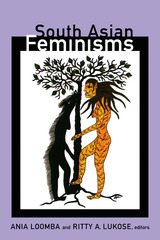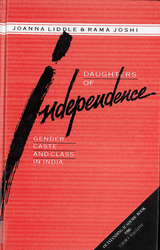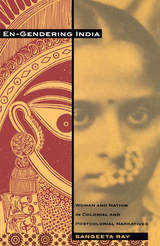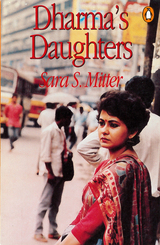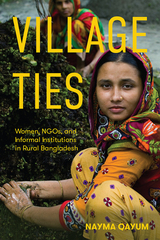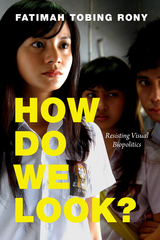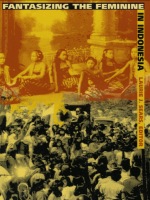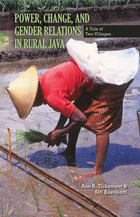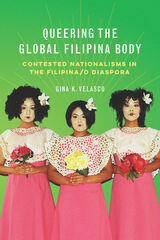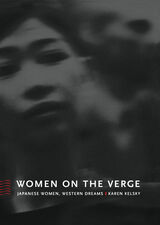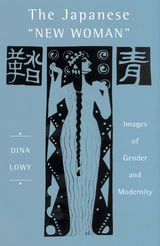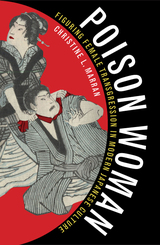How Do We Look?: Resisting Visual Biopolitics
Duke University Press, 2022
eISBN: 978-1-4780-2190-2 | Paper: 978-1-4780-1460-7 | Cloth: 978-1-4780-1367-9
Library of Congress Classification HQ1752.R66 2021
See other books on: Biopolitics | Documentary films | Indonesia | Women in mass media | Women in popular culture
See other titles from Duke University Press
eISBN: 978-1-4780-2190-2 | Paper: 978-1-4780-1460-7 | Cloth: 978-1-4780-1367-9
Library of Congress Classification HQ1752.R66 2021
ABOUT THIS BOOK | AUTHOR BIOGRAPHY | REVIEWS | TOC | REQUEST ACCESSIBLE FILE
ABOUT THIS BOOK
In How Do We Look? Fatimah Tobing Rony draws on transnational images of Indonesian women as a way to theorize what she calls visual biopolitics—the ways visual representation determines which lives are made to matter more than others. Rony outlines the mechanisms of visual biopolitics by examining Paul Gauguin’s 1893 portrait of Annah la Javanaise—a trafficked thirteen-year-old girl found wandering the streets of Paris—as well as US ethnographic and documentary films. In each instance, the figure of the Indonesian woman is inextricably tied to discourses of primitivism, savagery, colonialism, exoticism, and genocide. Rony also focuses on acts of resistance to visual biopolitics in film, writing, and photography. These works, such as Rachmi Diyah Larasati’s The Dance that Makes You Vanish, Vincent Monnikendam’s Mother Dao (1995), and the collaborative films of Nia Dinata, challenge the naturalized methods of seeing that justify exploitation, dehumanization, and early death of people of color. By theorizing the mechanisms of visual biopolitics, Rony elucidates both its violence and its vulnerability.
See other books on: Biopolitics | Documentary films | Indonesia | Women in mass media | Women in popular culture
See other titles from Duke University Press
